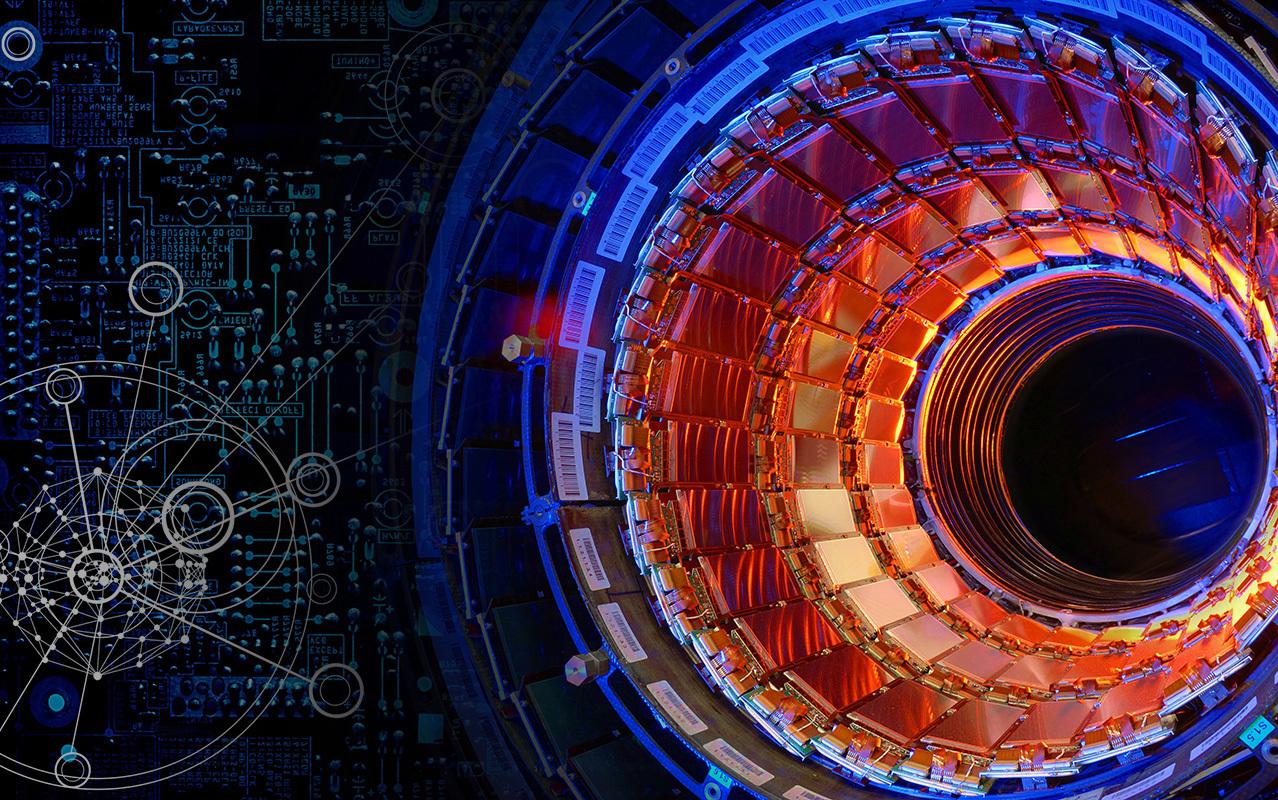
The National Academy of Sciences of Ukraine is making significant efforts to expand international scientific and technical cooperation, which is one of the effective and efficient means of integrating Ukraine into the European and world economic and technological space.
With the aim of deeper scientific and technical integration into the European scientific community, the National Academy of Sciences of Ukraine and the European Center for Nuclear Research (CERN) extended the comprehensive program of scientific cooperation “Promising Fundamental Research in High Energy Physics and Nuclear Physics” until 2015. The previous target program, which was implemented in 2012-2013, showed the effectiveness of interaction between the National Academy of Sciences of Ukraine and CERN.
Experts note that cooperation between the National Academy of Sciences of Ukraine and CERN enables domestic research institutions and enterprises to take part in international tenders and receive orders for various projects in the field of modern applied physics, participate in the creation of new materials, and also provides an opportunity to develop research in the field of nuclear medicine and technology, nanotechnology.
But most importantly, government analysts say that thanks to the program, Ukrainian specialists have the opportunity to continue cooperation in the Large Hadron Collider project, and this is a unique opportunity for our scientists to work at the forefront of experimental high-energy physics.
Recall that on July 4, 2012, CERN employees, using experiments at the Large Hadron Collider, discovered a boson that is similar in its properties to the God particle, the Higgs boson. In March of this year at CERN, after analyzing the data obtained at the Large Hadron Collider, scientists came to the conclusion that the particle they discovered last year is indeed the Higgs boson, which combines two fundamental interactions – electromagnetic and weak – into one theory of the Unified Standard Model.
On October 8, Peter Higgs and François Engler, who predicted the existence of a particle that would complete the Standard Model of physics, became Nobel laureates. It should be noted that the team of nuclear physicists who recently proved the existence of the Higgs boson includes 47 Ukrainian scientists.
And, as experts emphasize, the key element of the monitoring system – a special detector – was successfully developed and created by scientists from the Institute of Single Crystals of the National Academy of Sciences of Ukraine, which developed a unique scintillator. It was this device that made it possible to register high-energy particles and, in fact, the Higgs boson.
Recall that the European Center for Nuclear Research (CERN) is the world’s largest high-energy physics laboratory, which is located in Switzerland. About 2,500 people (including 47 Ukrainian scientists), about 8,000 physicists and engineers from 580 universities and institutes from 85 countries constantly work at CERN. The budget of the Center is more than 1 billion Swiss francs. CERN’s most significant and well-known project is the Large Hadron Collider.